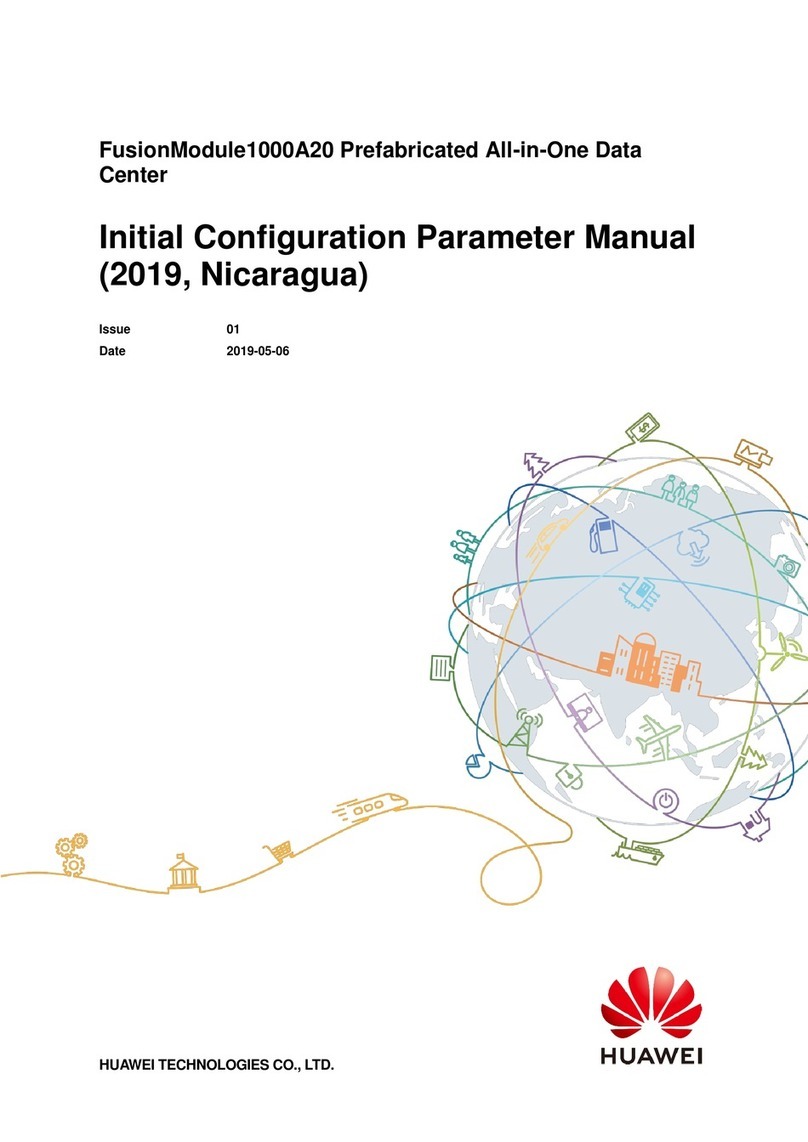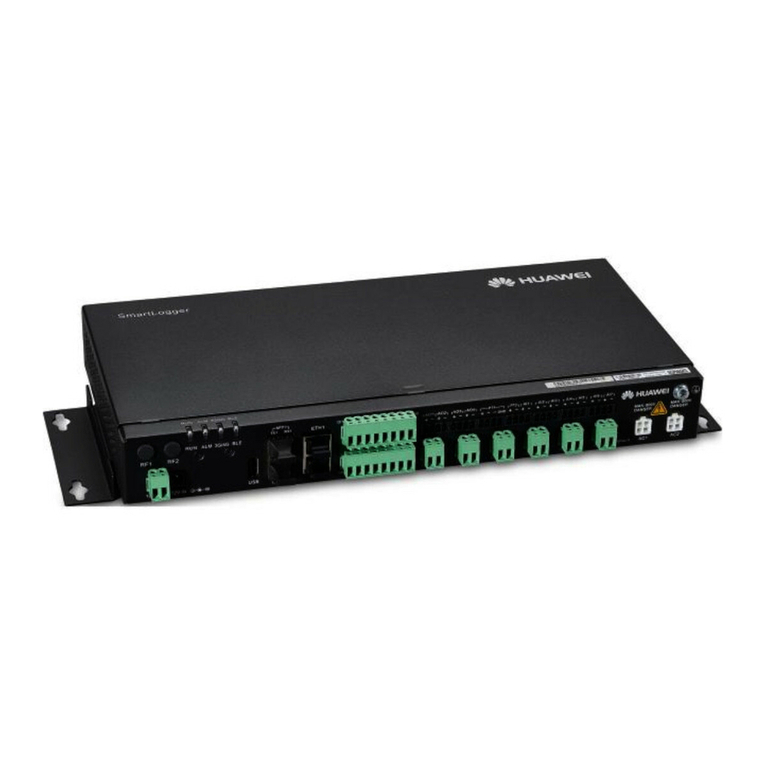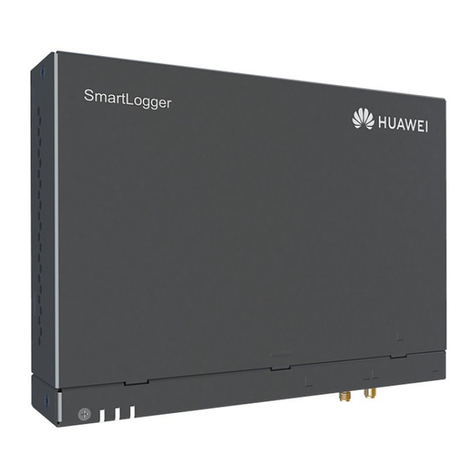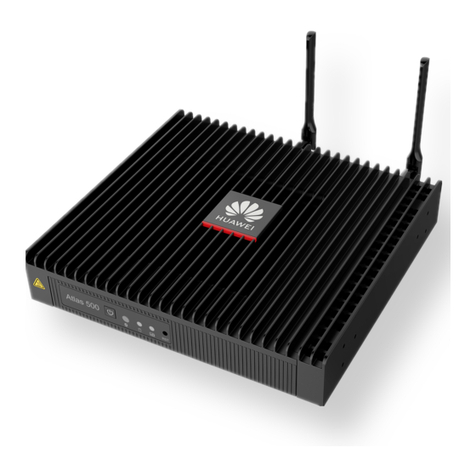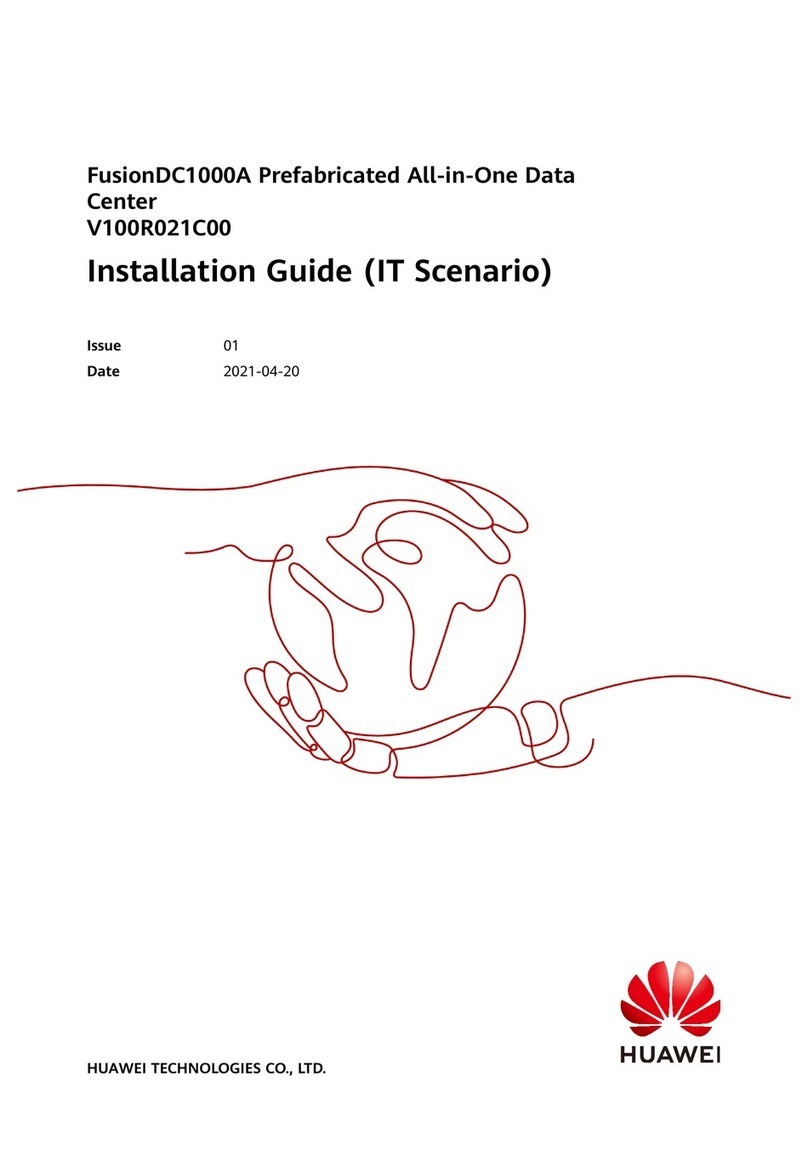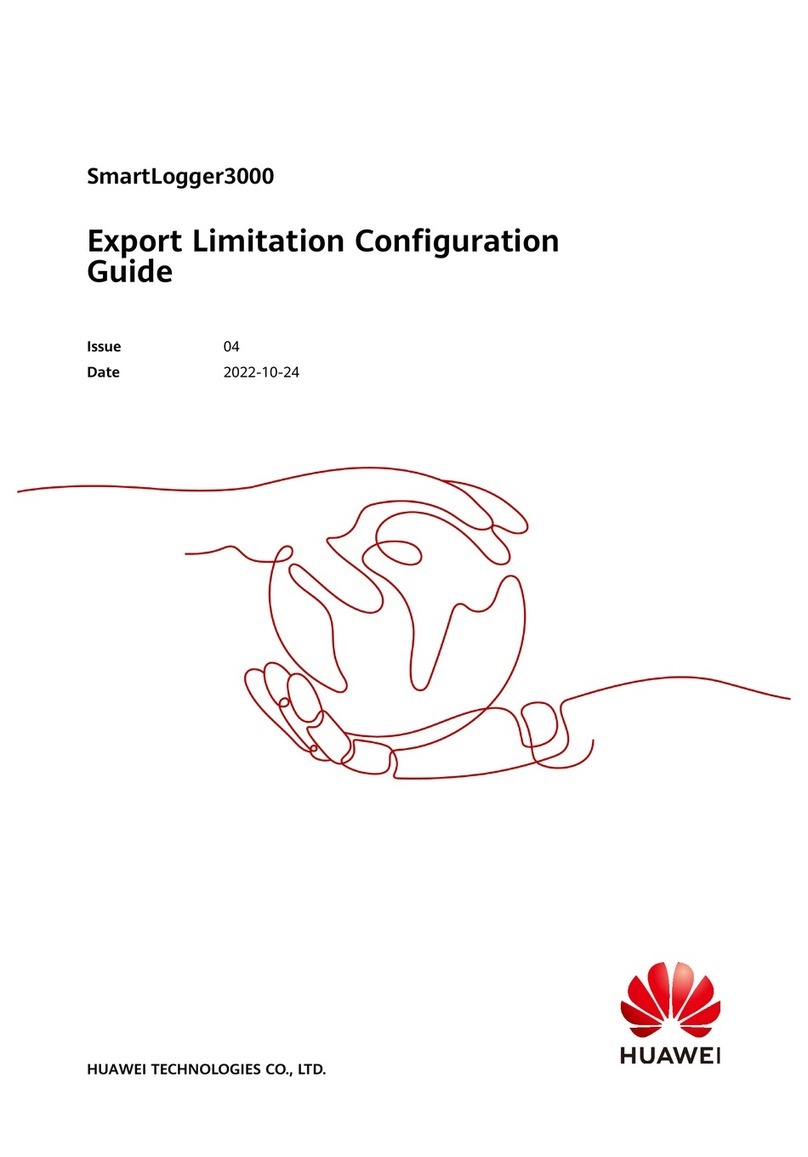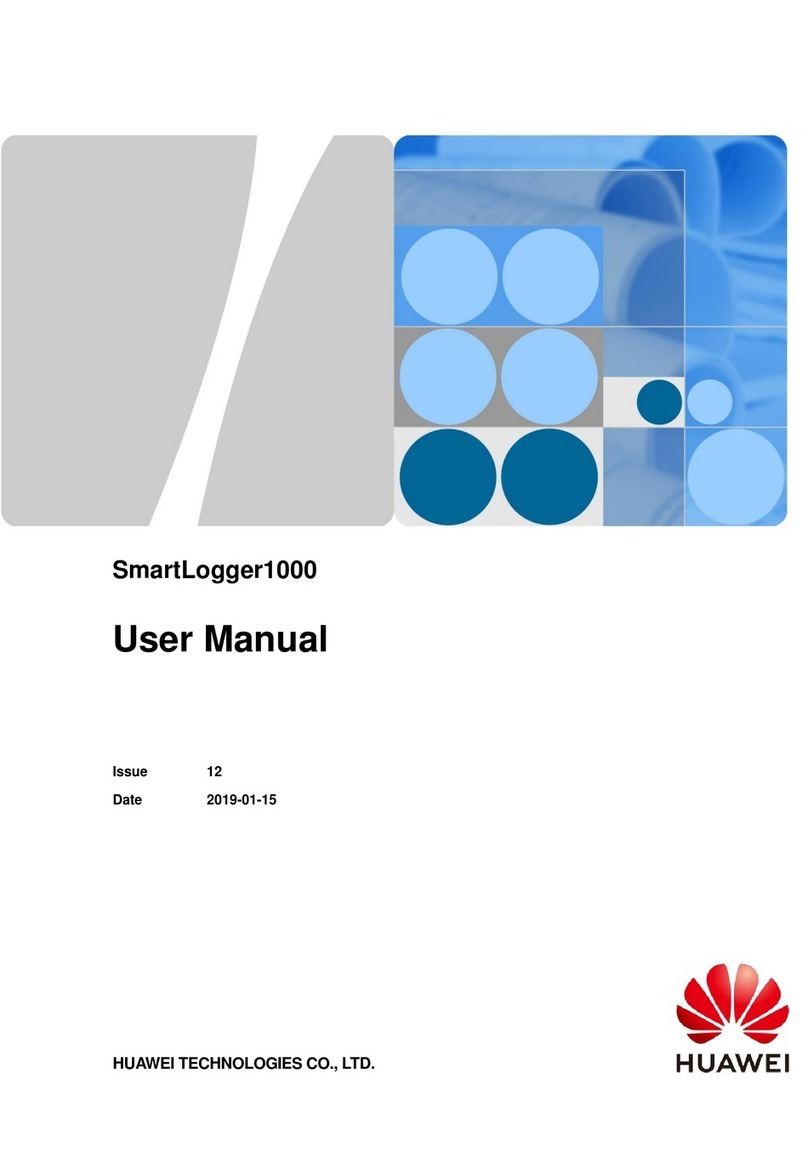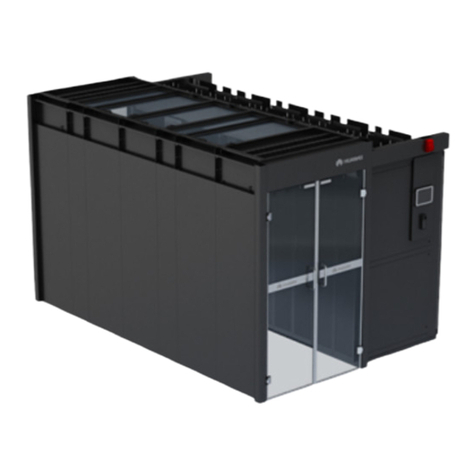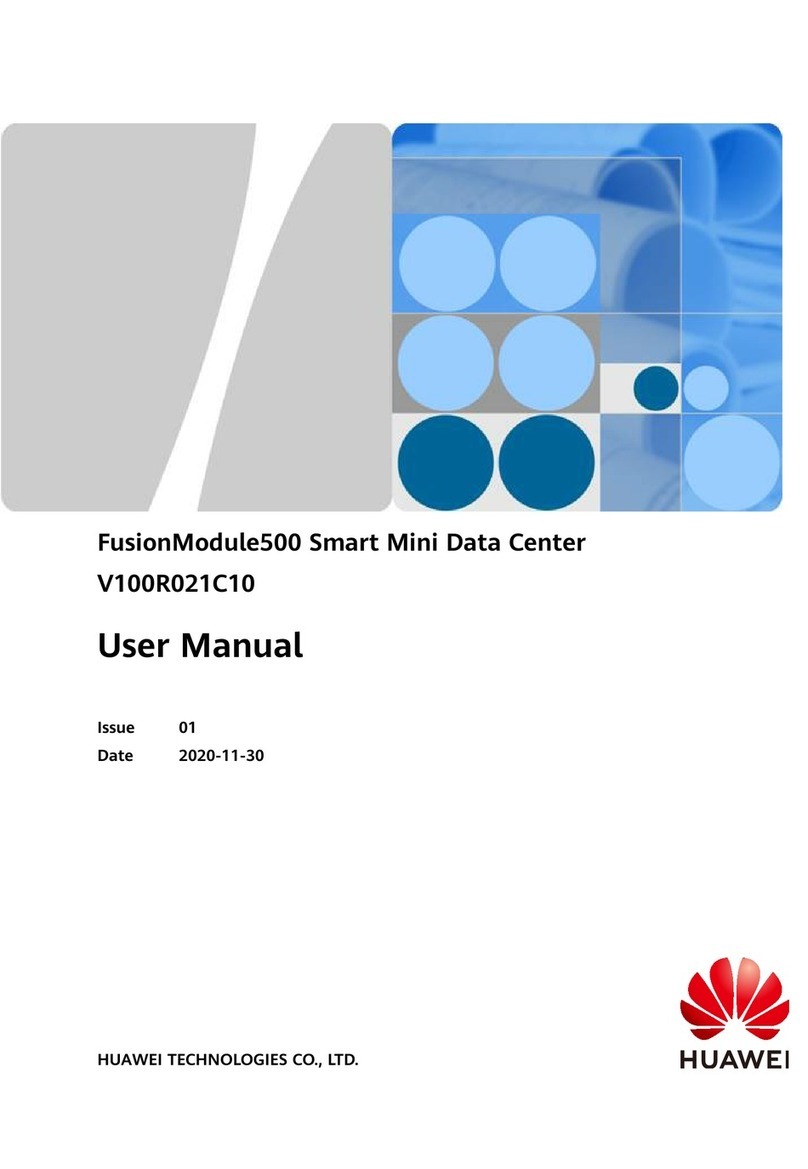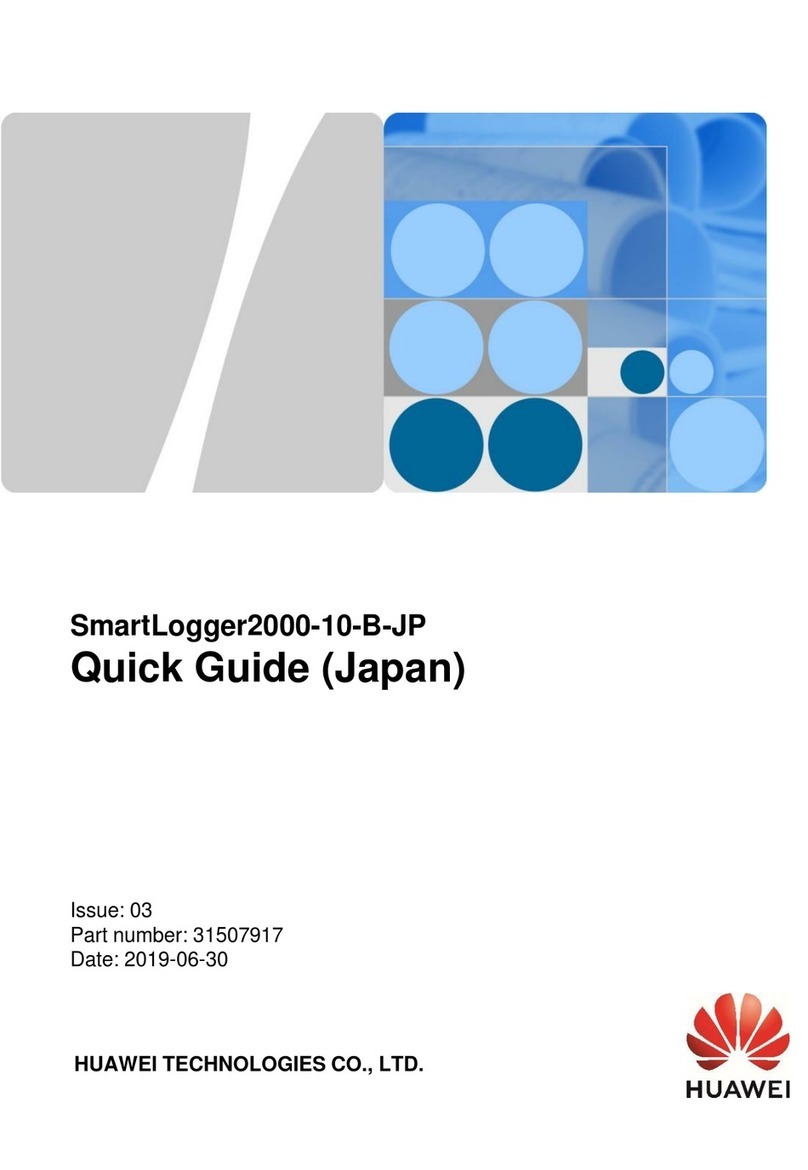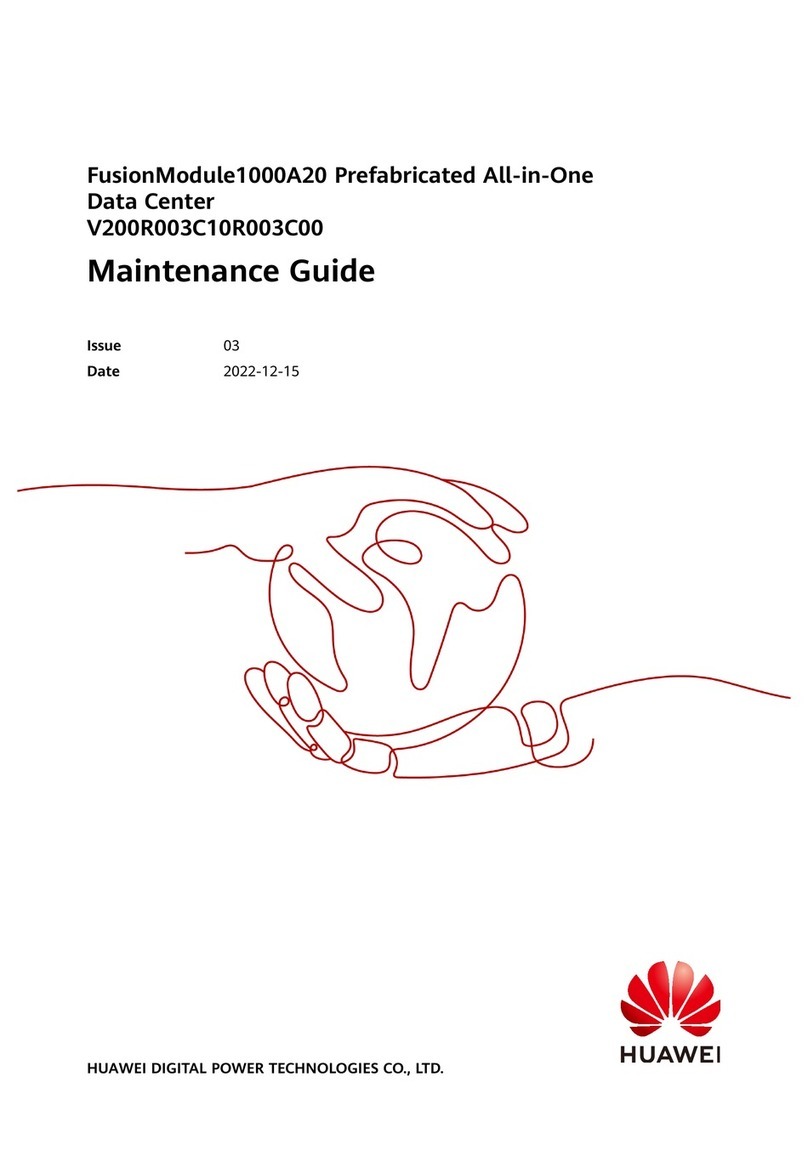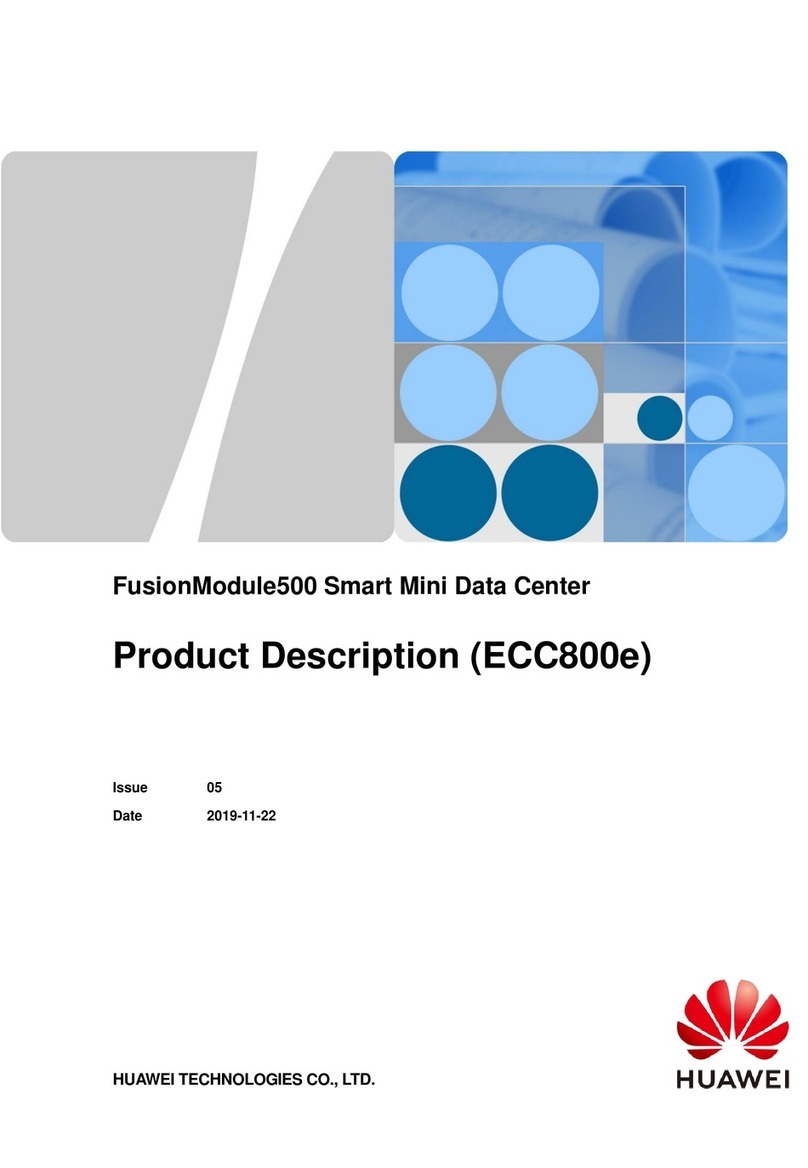
FusionModule1000B Air-Cooled IT Solution
Maintenance Guide
Huawei Proprietary and Confidential
Copyright © Huawei Technologies Co., Ltd.
6.2.3 Replacing Air Filters for a 35 kWAir-Cooled Precision Air Conditioner ...............................................................88
6.2.4 Replacing Parts of an Air-Cooled Precision Air Conditioner ..................................................................................90
6.2.5 Replacing a Ventilation Vent Air Filter....................................................................................................................91
6.2.6 Replacing a Thermal Insulation Layer.....................................................................................................................92
6.2.7 Replacing Pipes .......................................................................................................................................................93
6.2.7.1 Replacing the Humidifier Water Refill Pipe for a Precision Air Conditioner.......................................................93
6.2.7.2 Replacing the Condensate Drainpipe of a PrecisionAir Conditioner...................................................................94
6.3 Replacing Monitoring System Components...............................................................................................................95
6.3.1 Replacing a Polymer T/H Sensor.............................................................................................................................95
6.3.2 Replacing a Water Sensor (Point Type) ...................................................................................................................97
6.3.3 Replacing a Water Sensor (Rope Type) ...................................................................................................................98
6.3.4 Replacing a Door Status Sensor.............................................................................................................................100
6.3.5 Replacing a GSM Modem .....................................................................................................................................101
6.3.6 Replacing a Hydrogen Collector............................................................................................................................103
6.3.7 Replacing a Hydrogen Exhaust Fan.......................................................................................................................105
6.3.8 Replacing a Camera...............................................................................................................................................107
6.3.9 Replacing a VCN500.............................................................................................................................................109
6.3.10 Replacing a LAN Switch..................................................................................................................................... 111
6.3.11 Replacing the ECC500 Collector......................................................................................................................... 113
6.3.12 Replacing an RH2288 Server .............................................................................................................................. 115
6.3.13 ReplacingAccess Control Components............................................................................................................... 116
6.3.13.1 Replacing a Card Reader .................................................................................................................................. 116
6.3.13.2 Replacing an Exit Button.................................................................................................................................. 118
6.3.13.3 Replacing an Electronic Lock........................................................................................................................... 119
6.3.13.4 Replacing an Emergency Door Release Button................................................................................................121
6.3.13.5 Replacing a Fingerprint Scanner.......................................................................................................................123
6.3.13.6 Replacing an Access Controller........................................................................................................................124
6.4 Replacing Fire Extinguishing System Devices (Standard) .......................................................................................126
6.4.1 Replacing a Smoke Detector (Standard)................................................................................................................126
6.4.2 Replacing a Heat detector (Standard) ....................................................................................................................128
6.4.3 Replacing the Gas Release Indicator (Standard)....................................................................................................130
6.4.4 Replacing an Indoor Fire Alarm Horn/Strobe (Standard)......................................................................................132
6.4.5 Replacing an External Horn Strobe (Standard)......................................................................................................134
6.4.6 Replacing a Fire Alarm Sounder (Standard)..........................................................................................................136
6.4.7 Replacing the Emergency Start/Abort Switch (Standard)......................................................................................138
6.4.8 Replacing Batteries for the Fire Alarm Control Panel (Standard)..........................................................................140
6.4.9 Replacing a Fire Cylinder (Standard) ....................................................................................................................143
6.4.10 Charging Extinguishant .......................................................................................................................................149
6.4.11 Replacing a Fire Alarm Control Panel (Standard)................................................................................................152
6.4.12 Replacing an Emergency Light (Standard)..........................................................................................................154
6.5 Replacing Fire Extinguishing System Devices (CE)................................................................................................155
6.5.1 Replacing a Smoke Detector (CE).........................................................................................................................155

